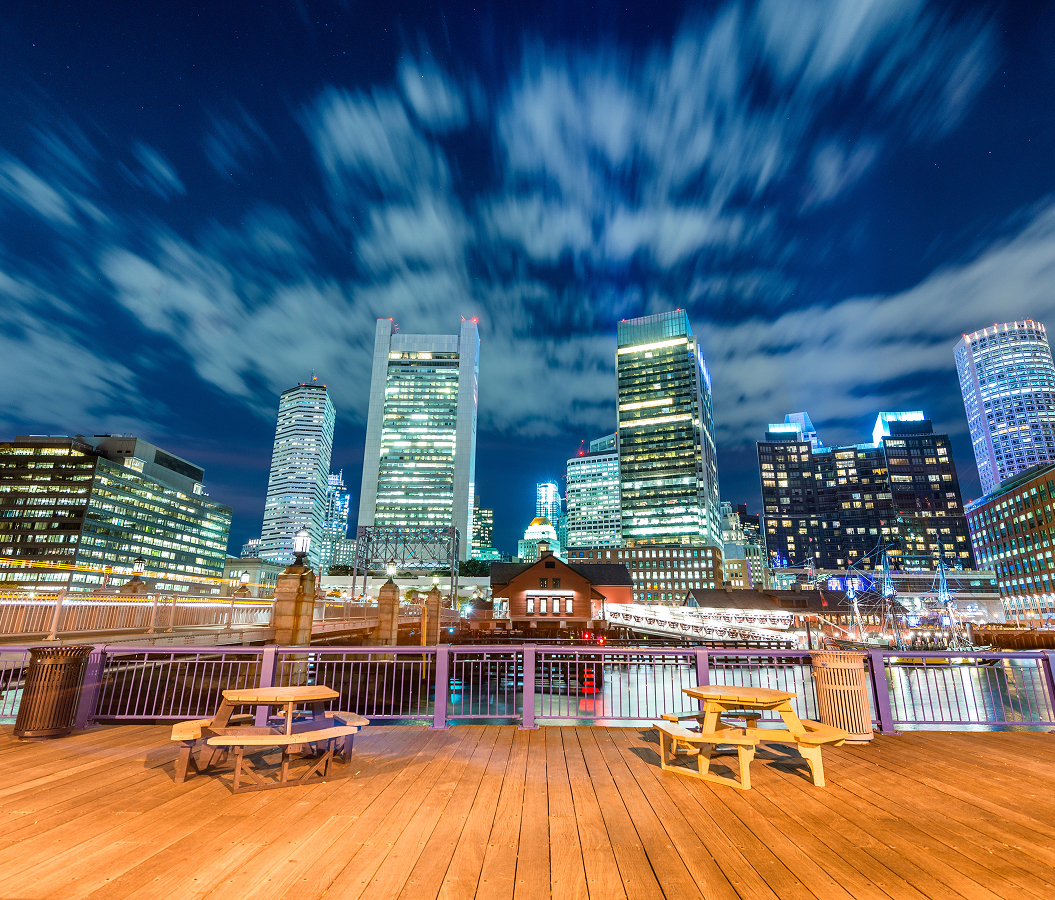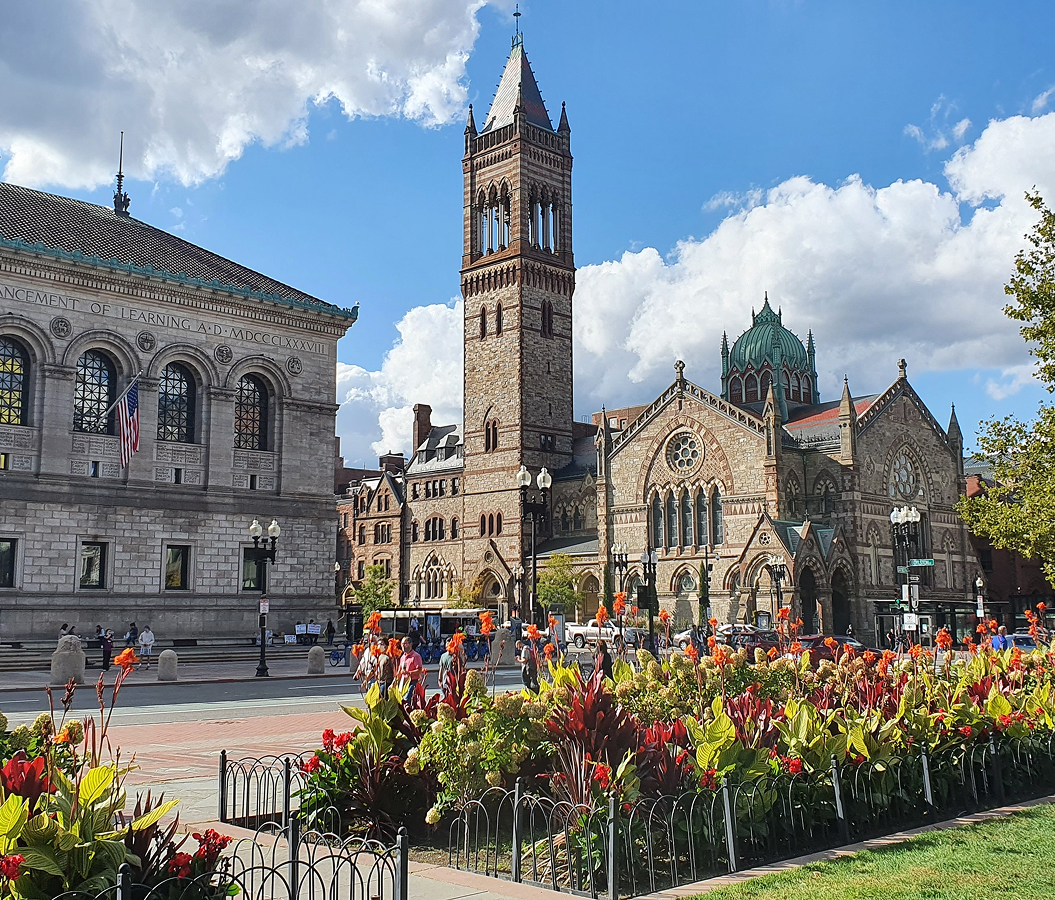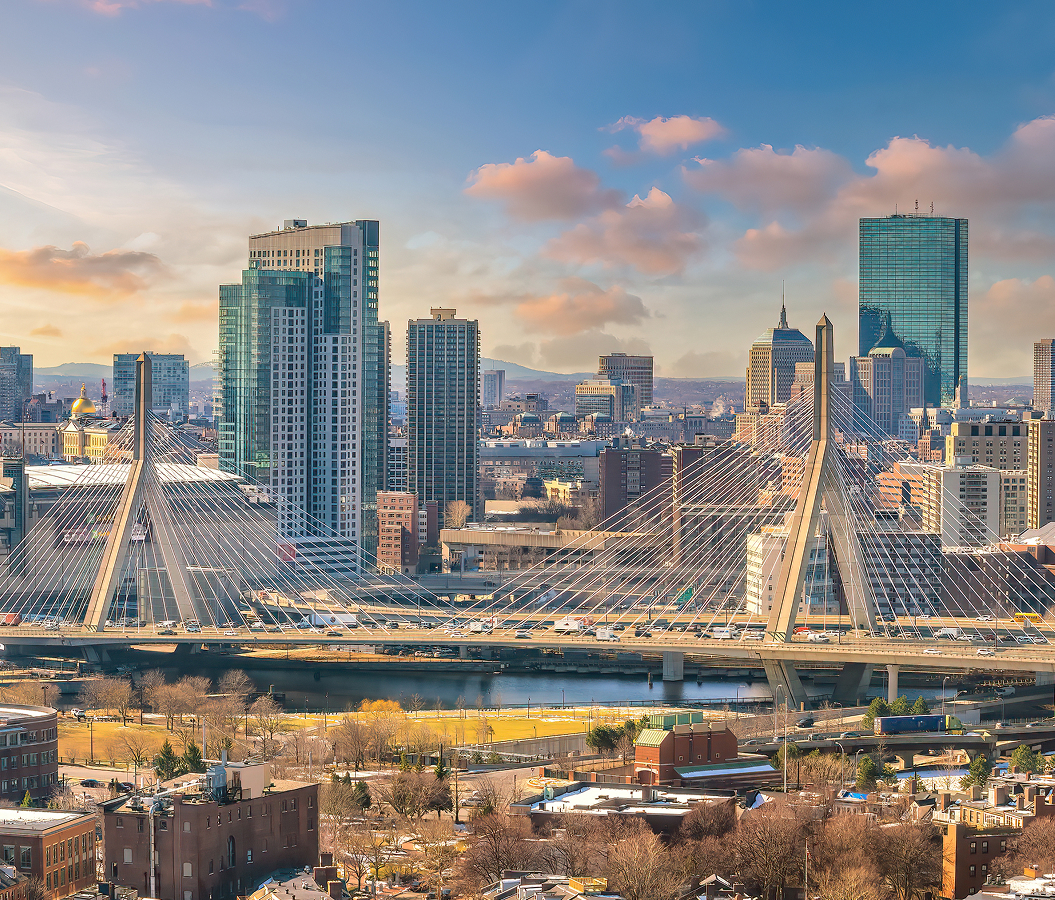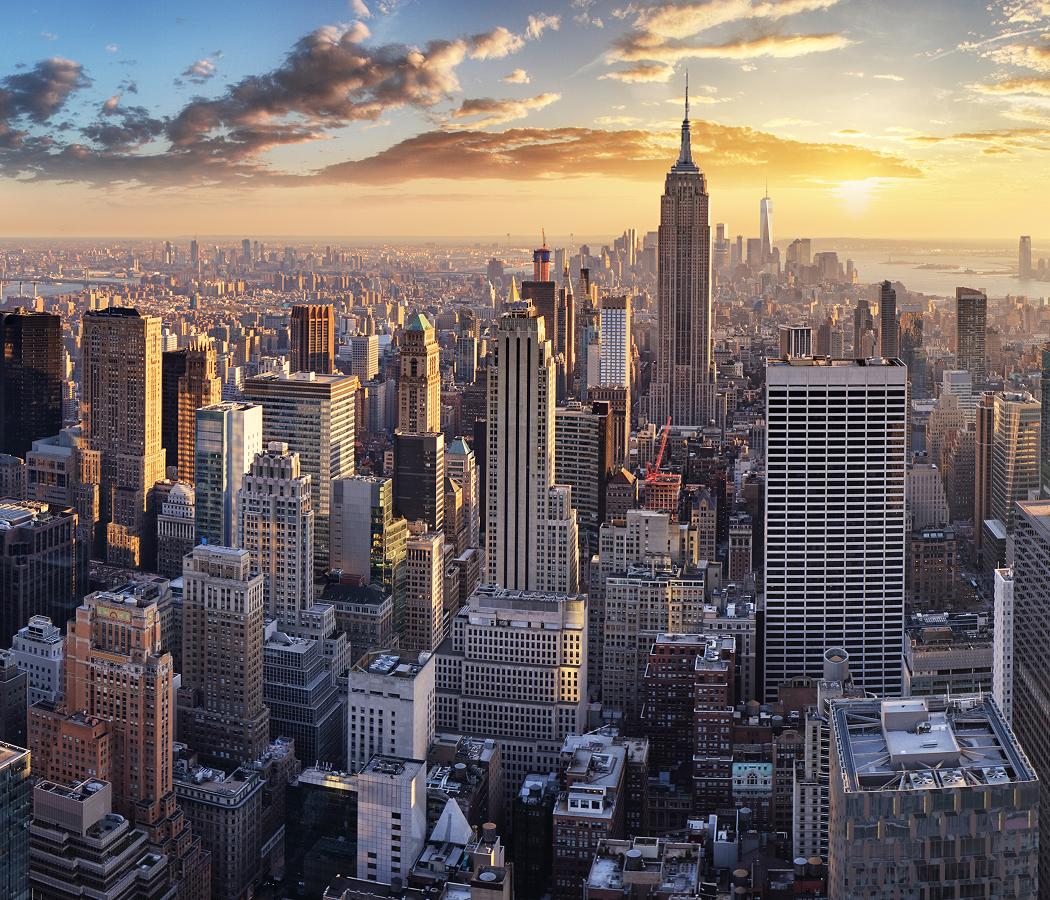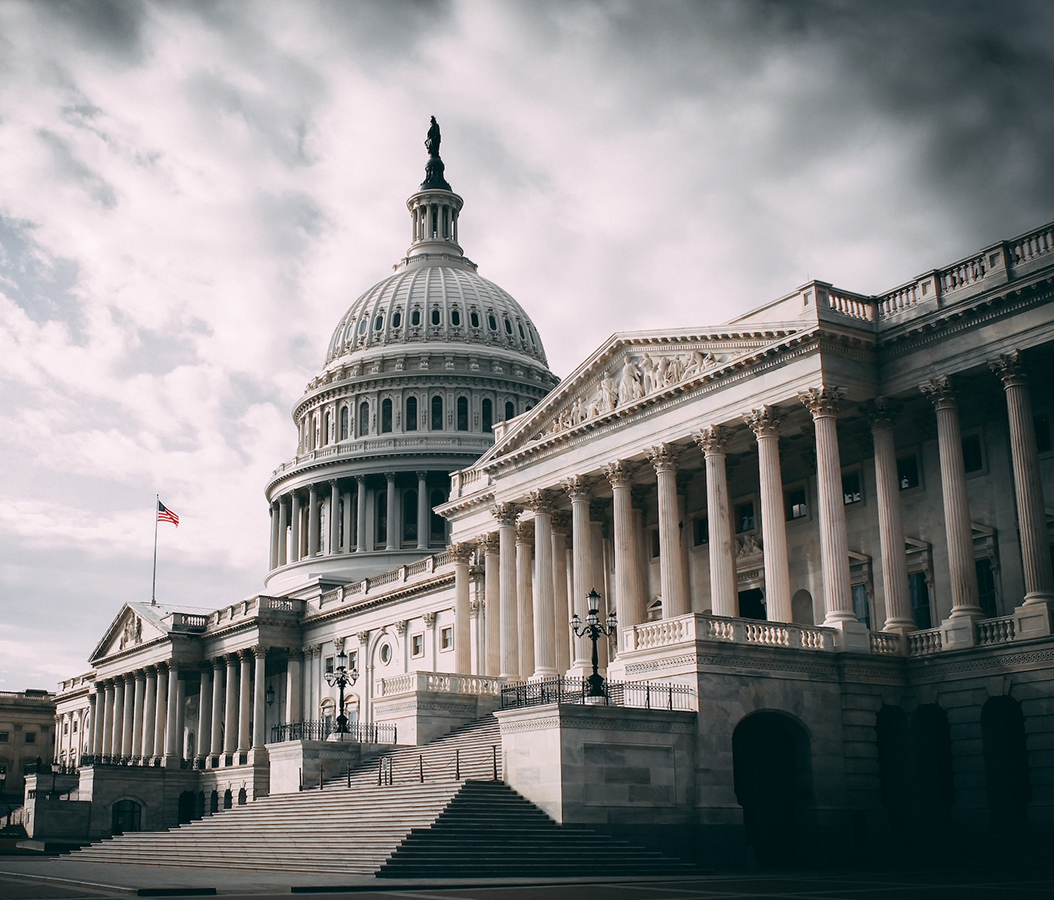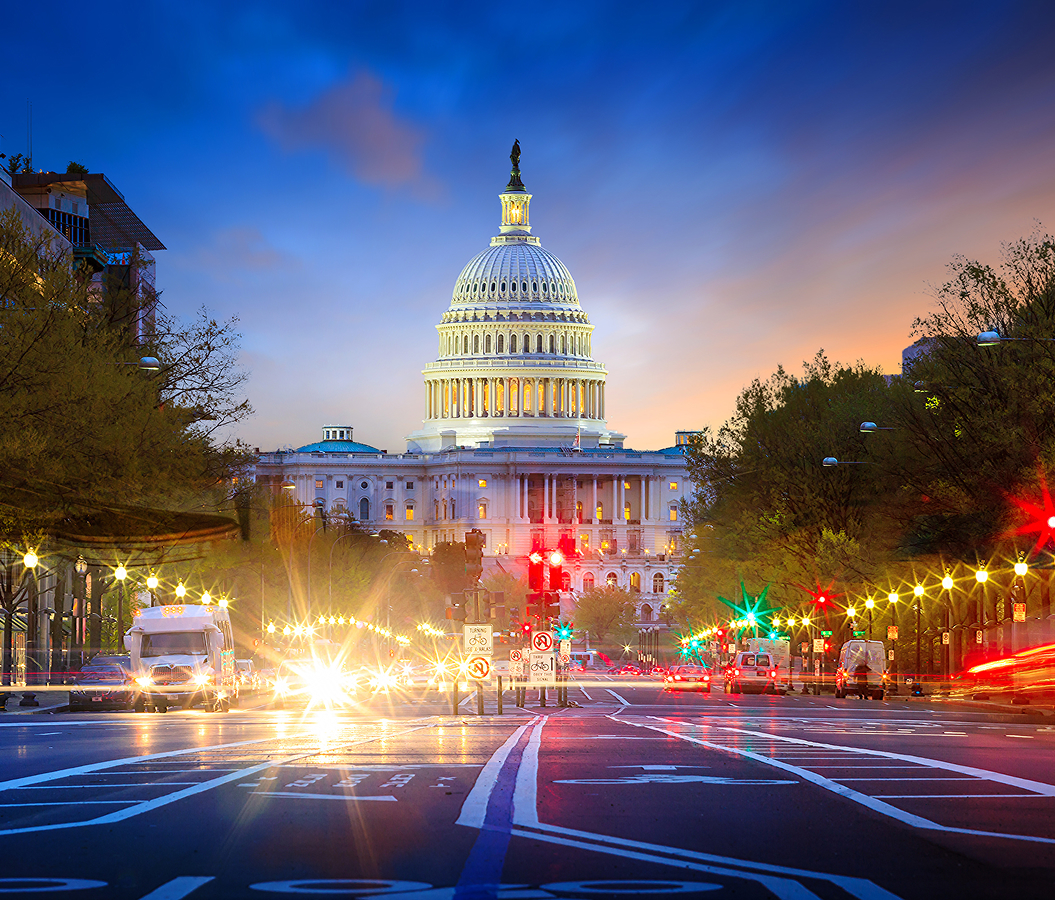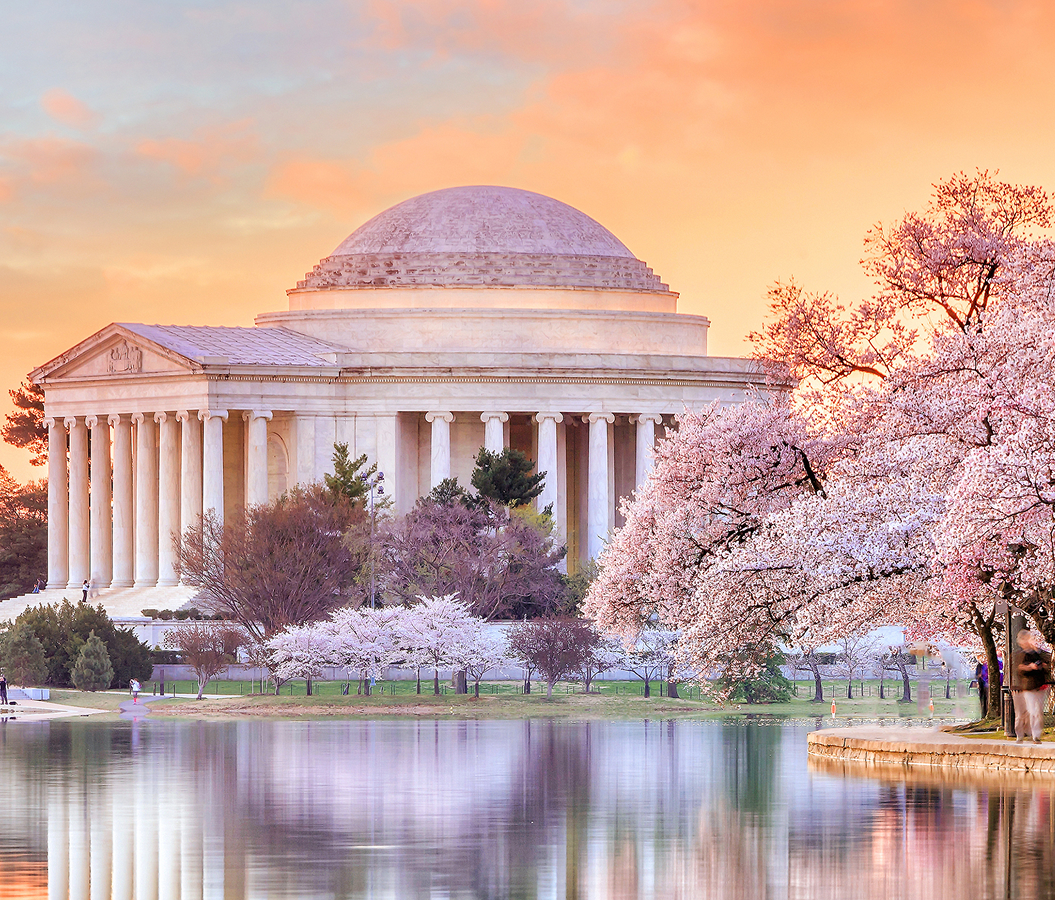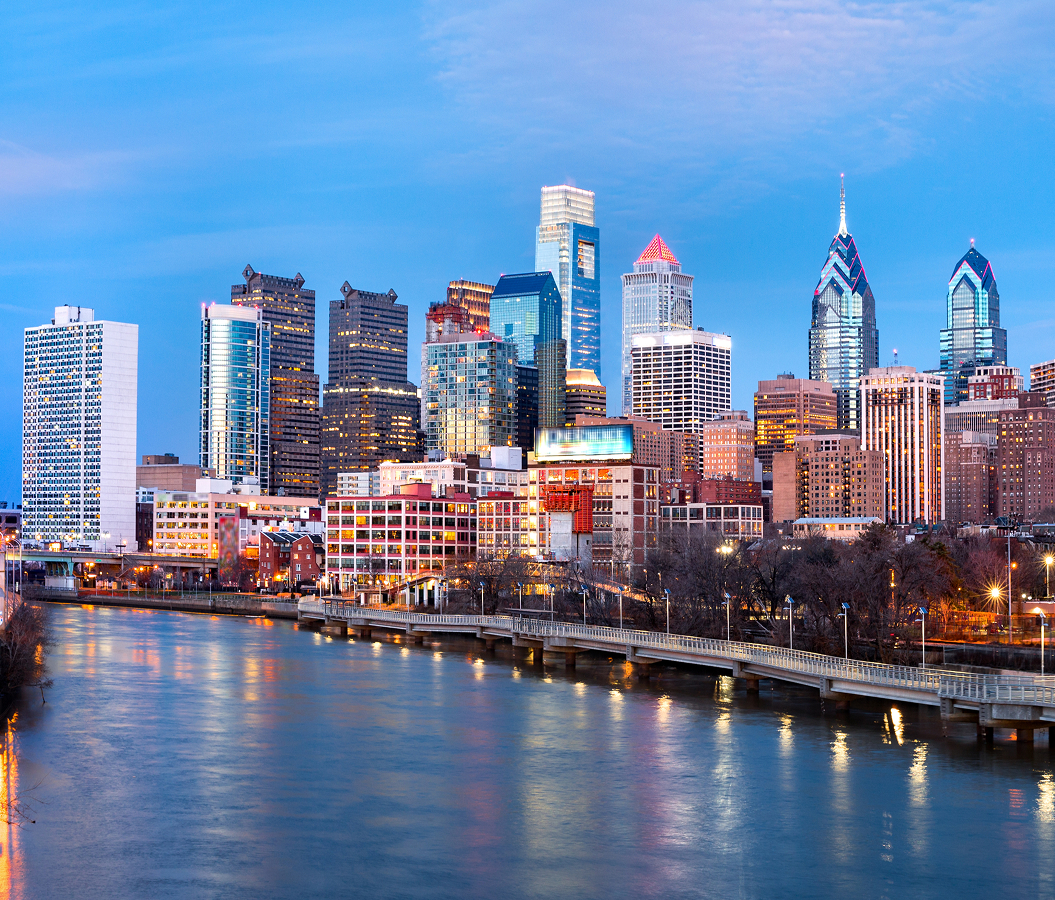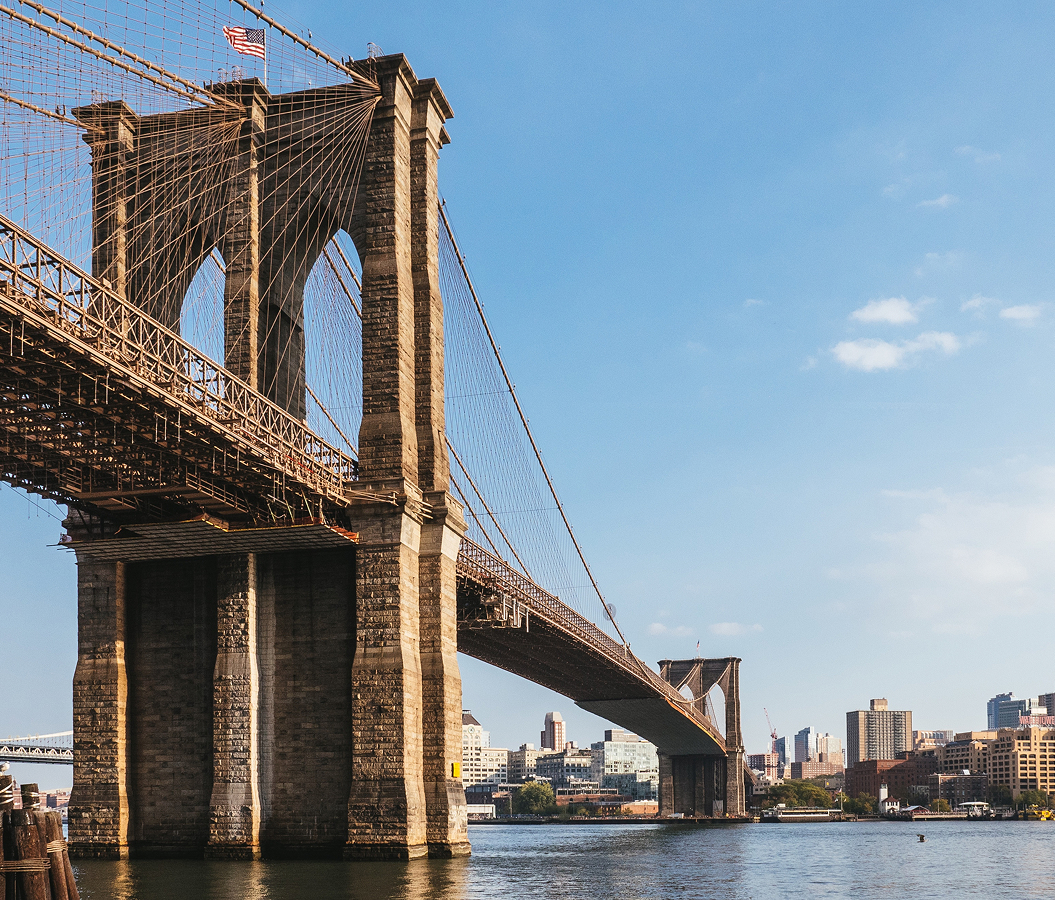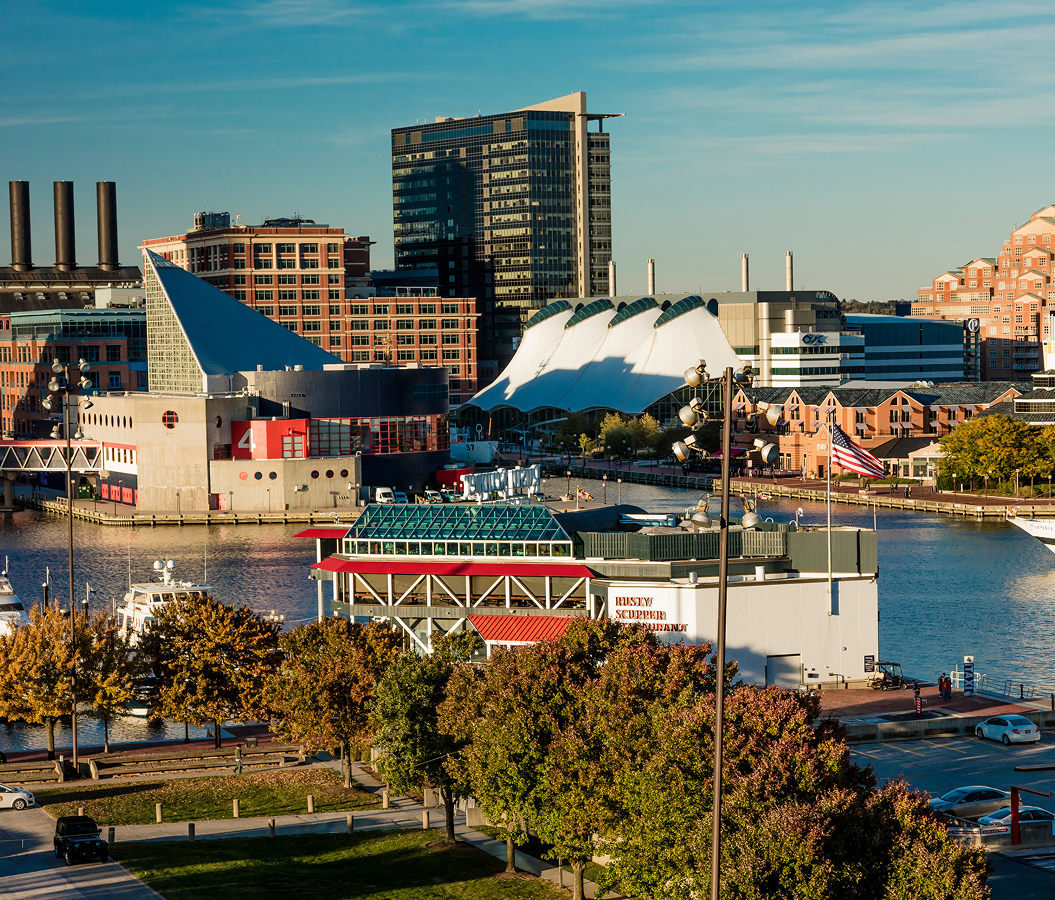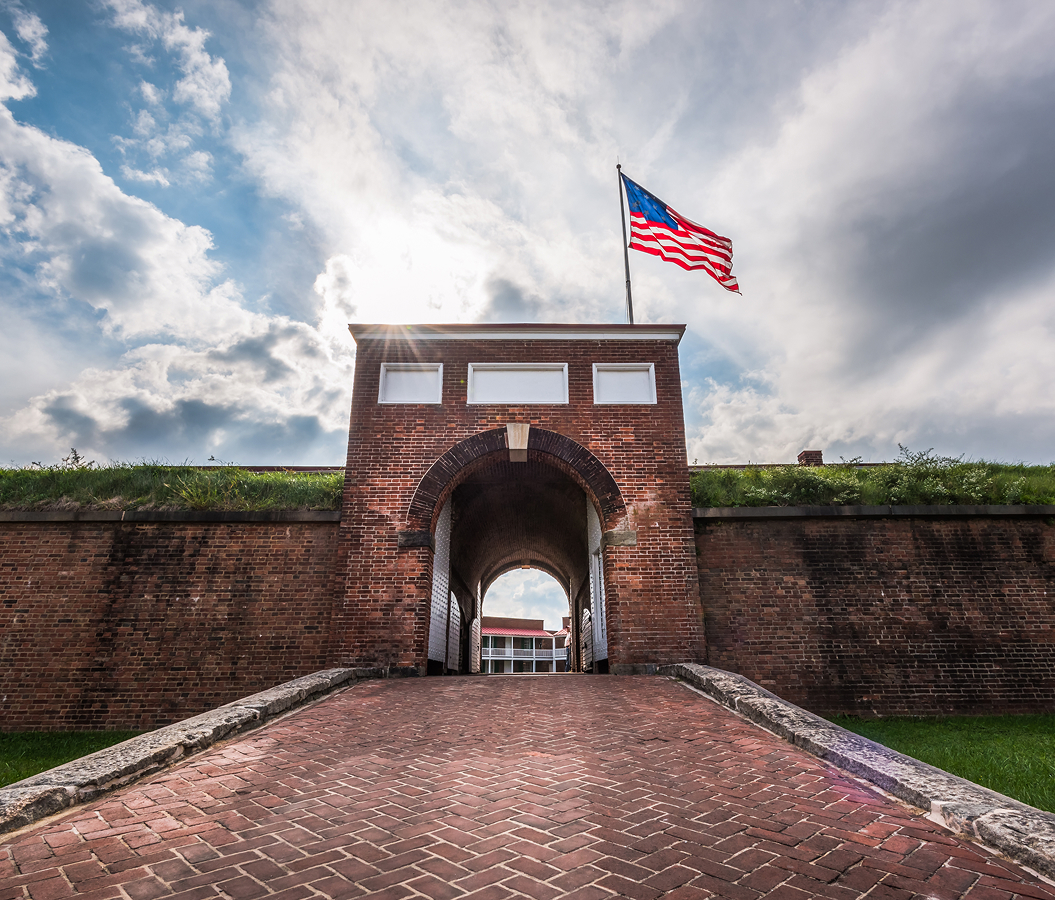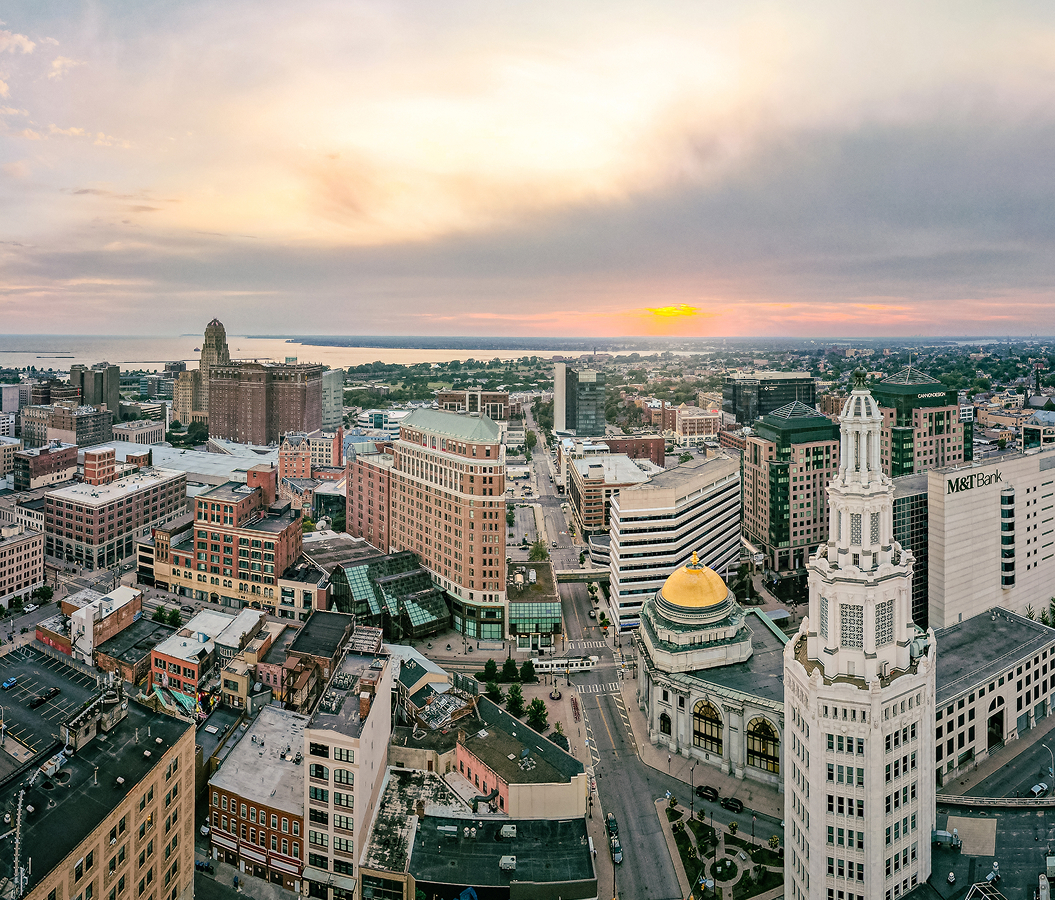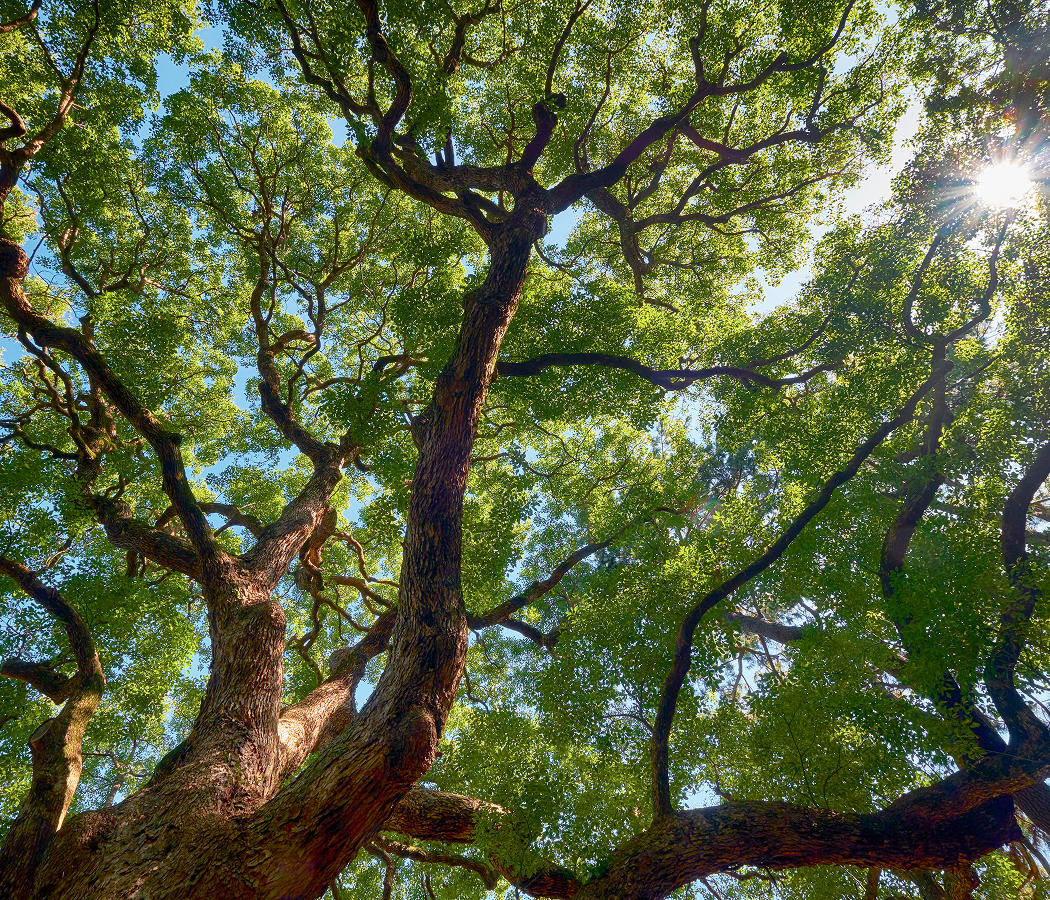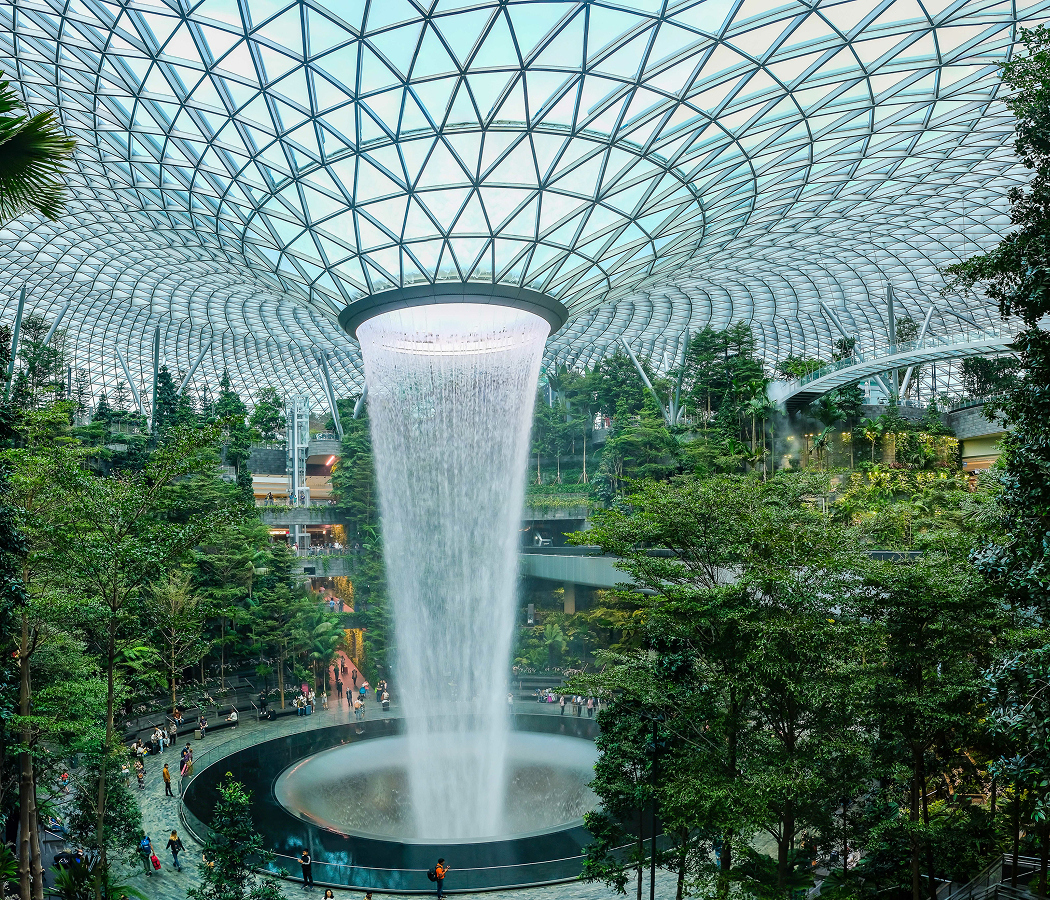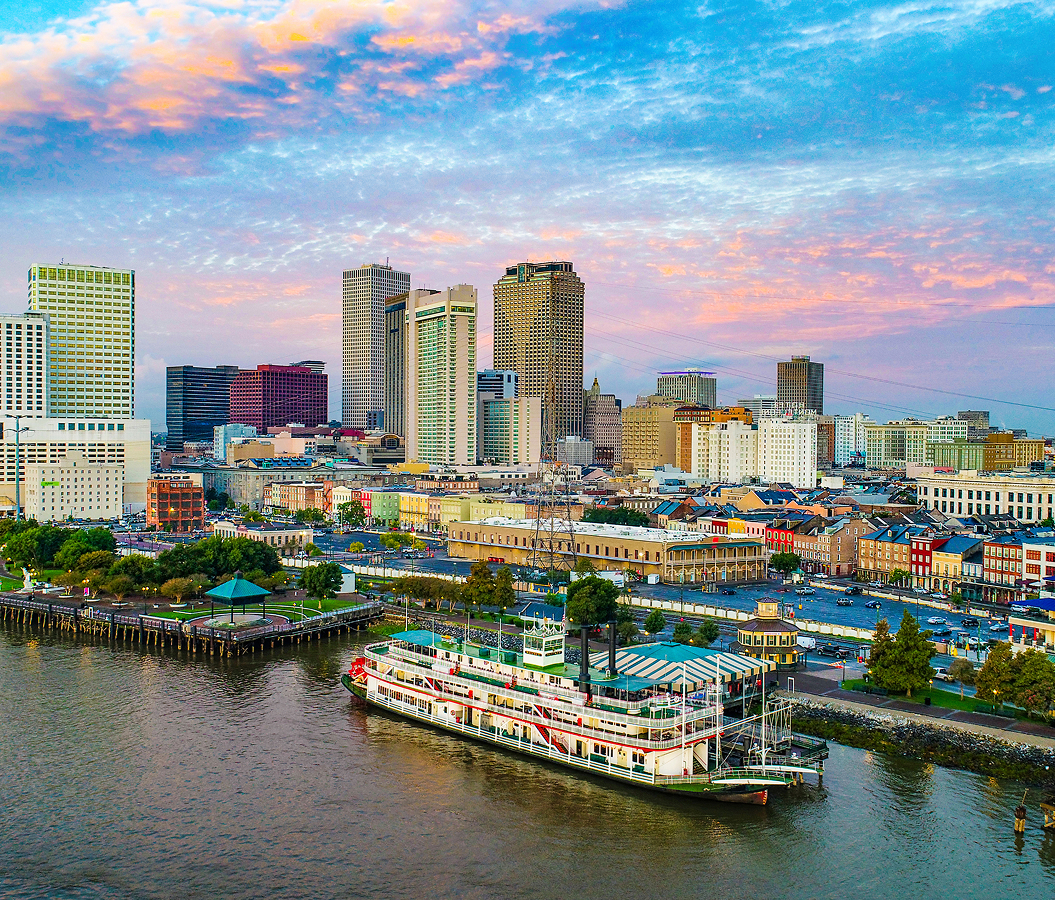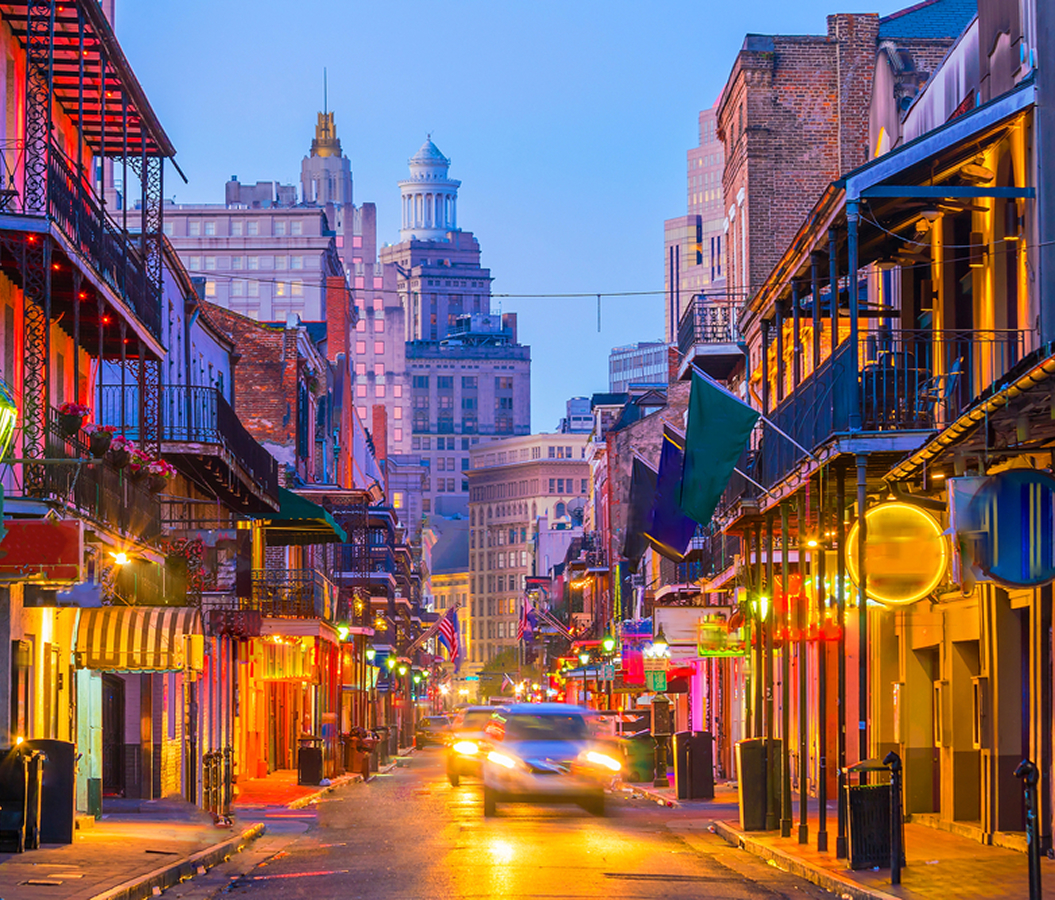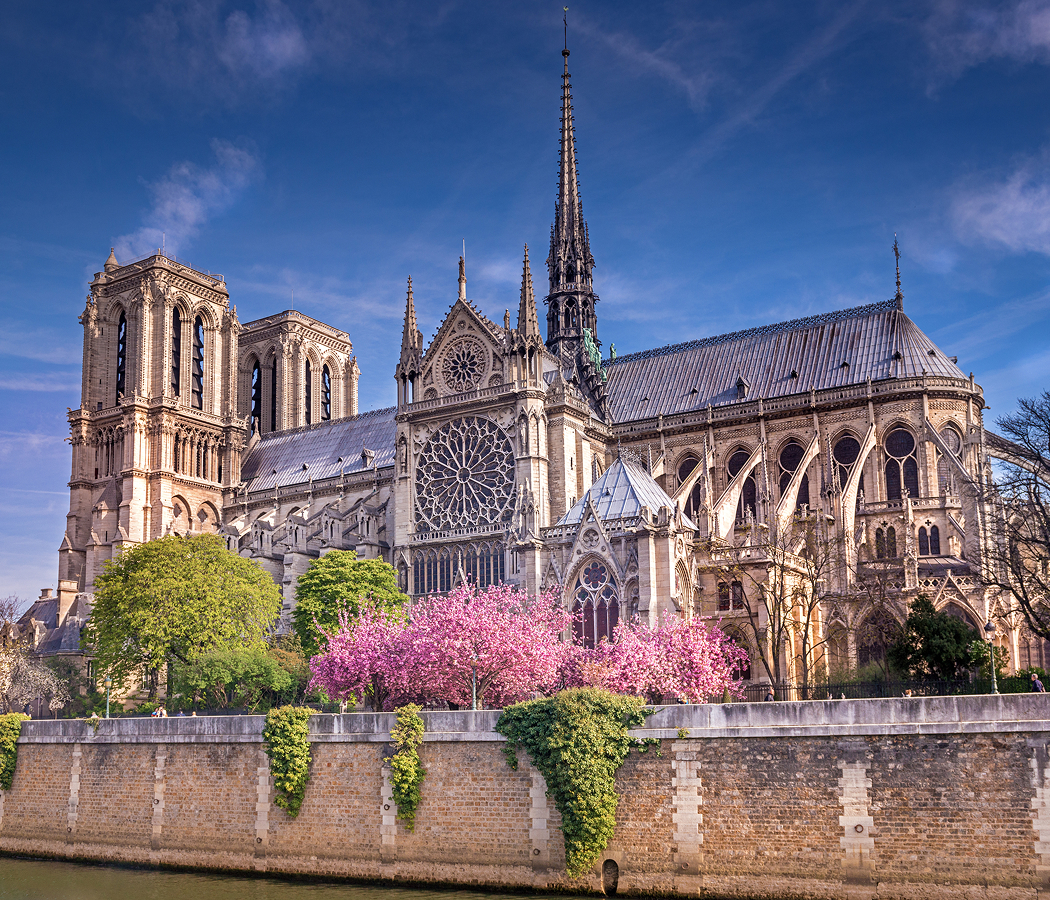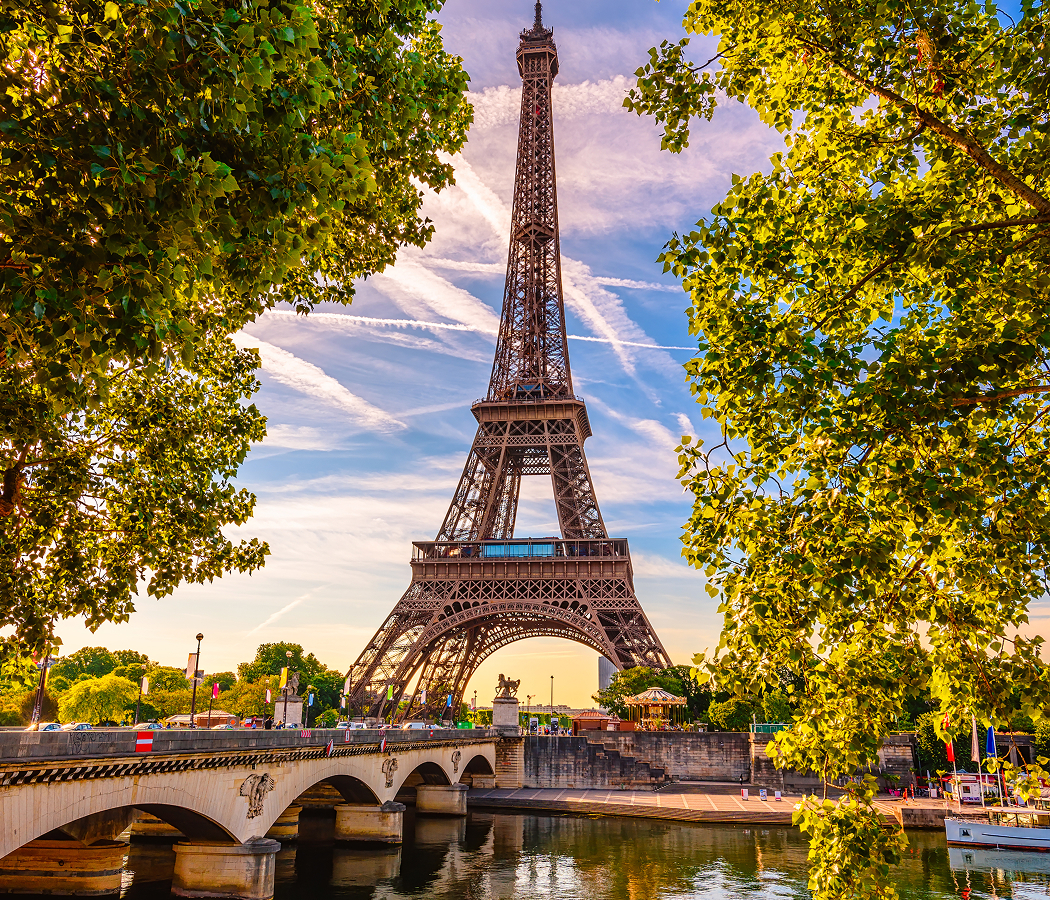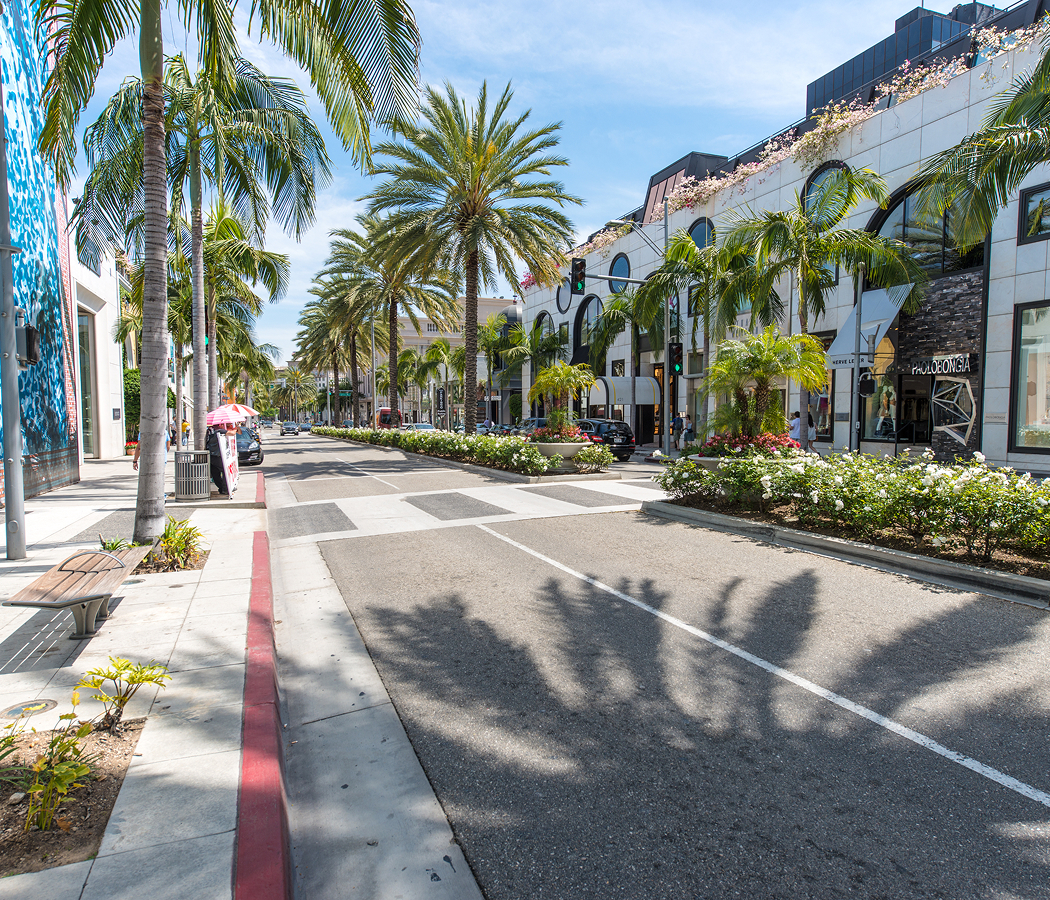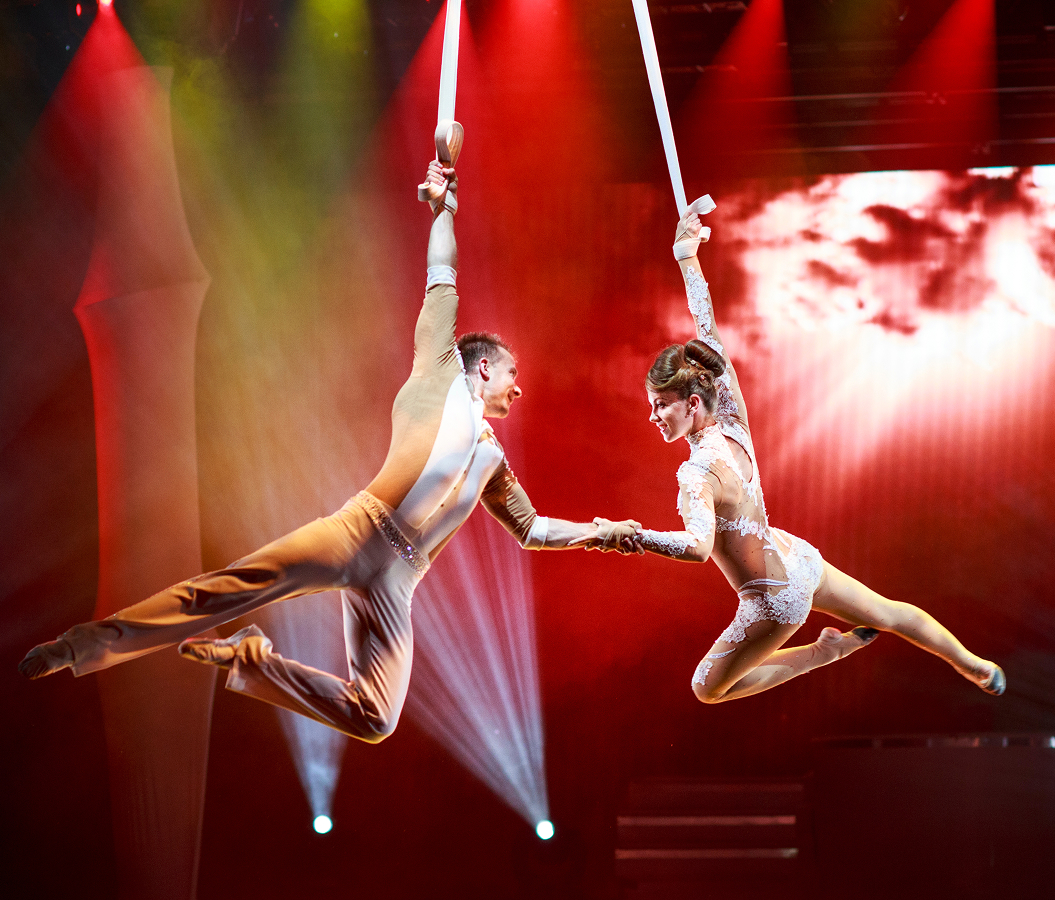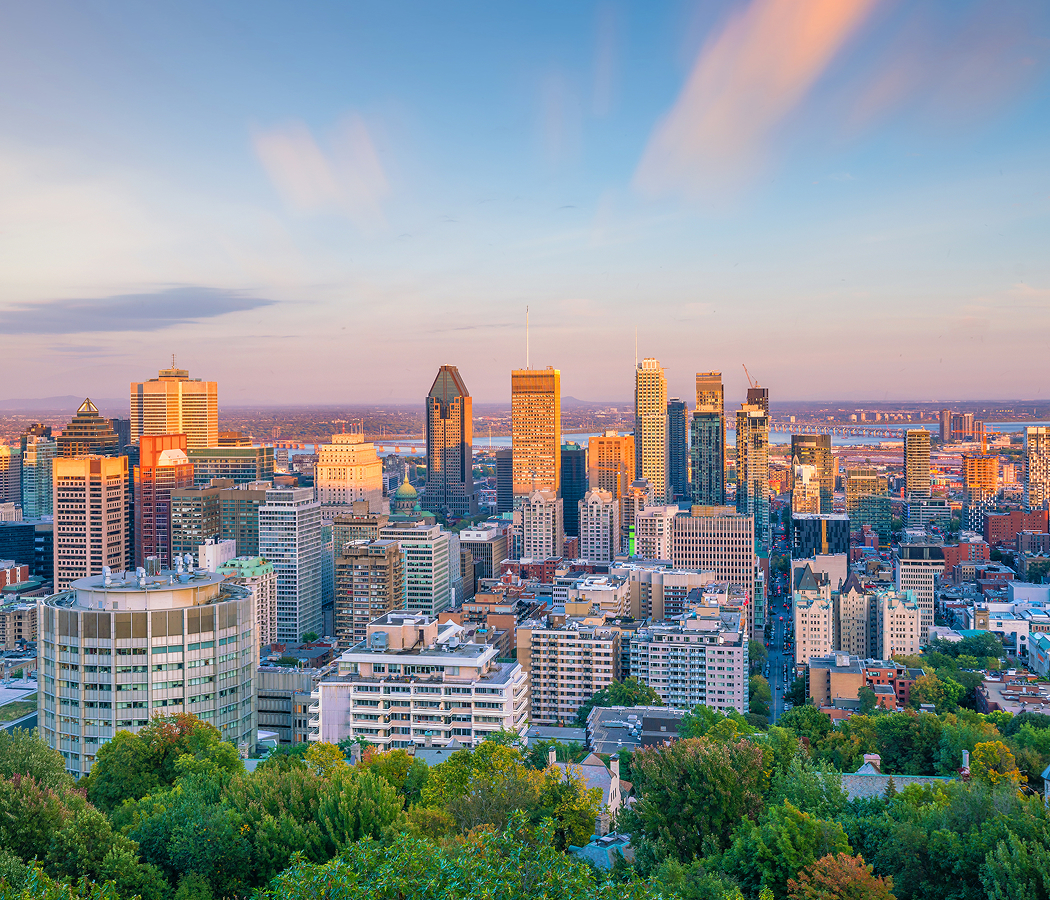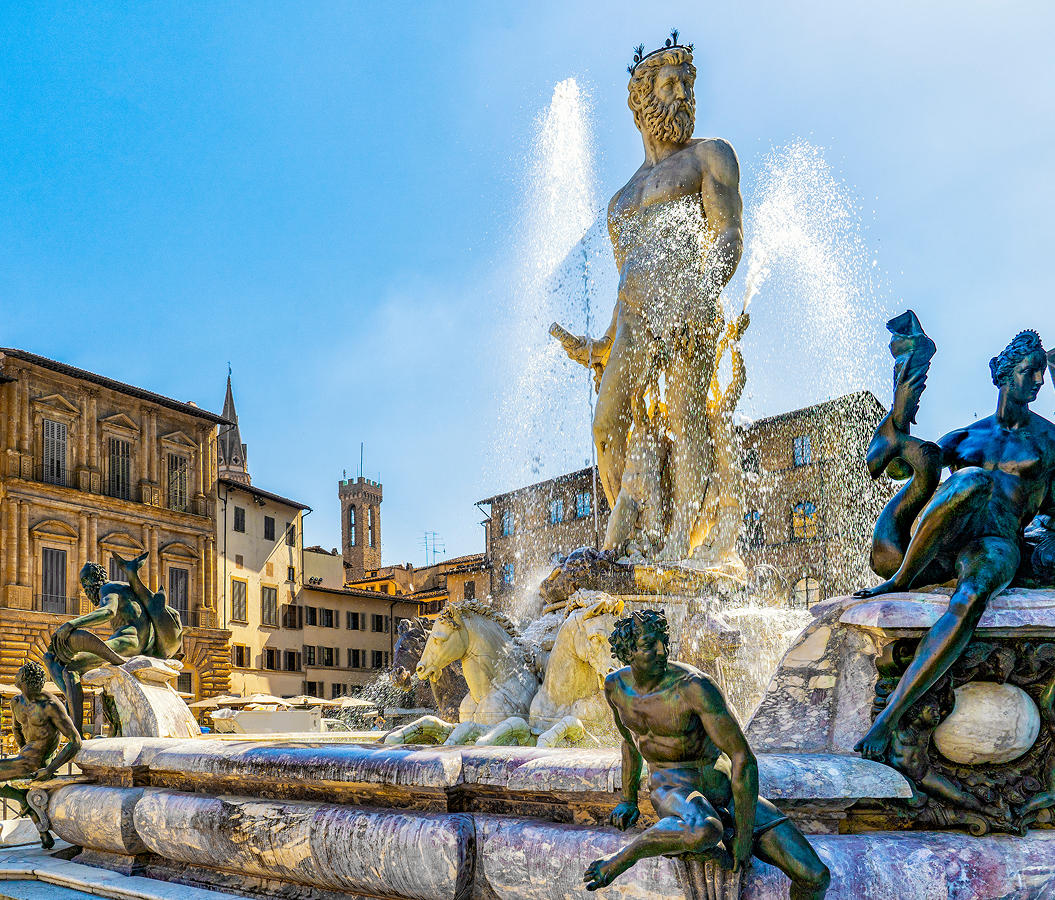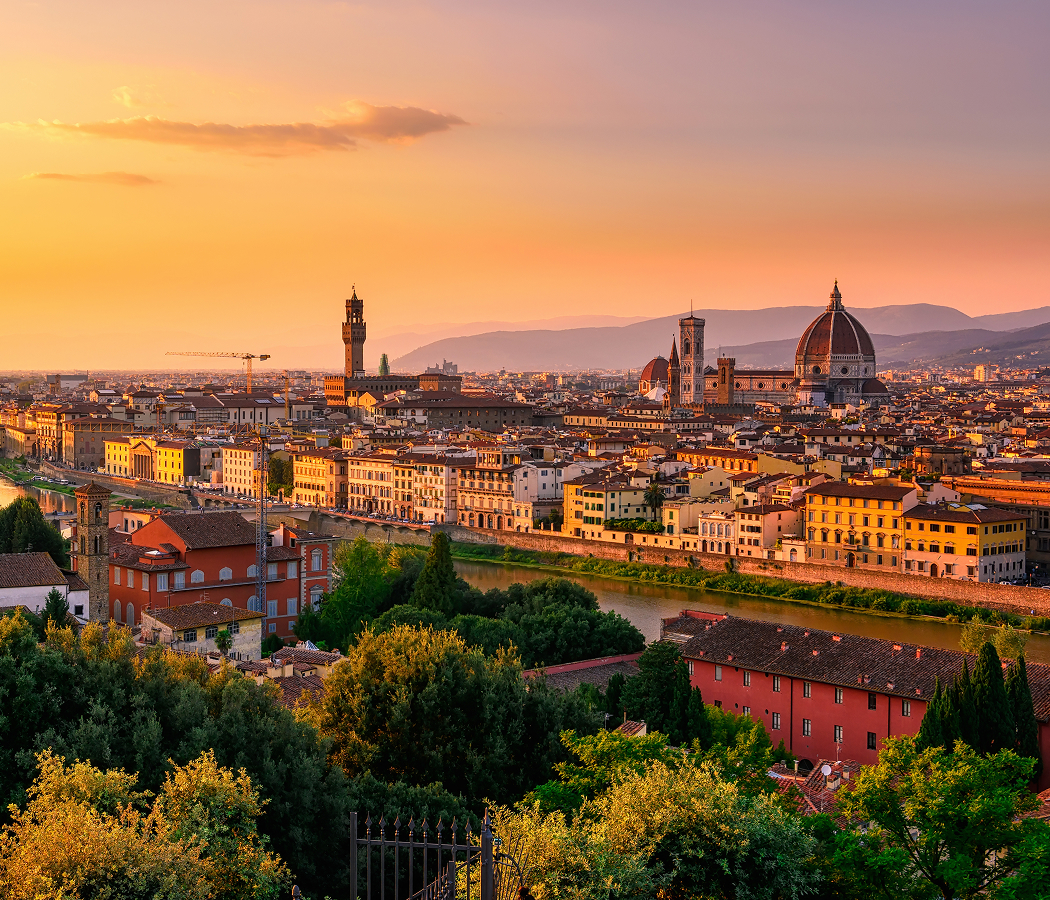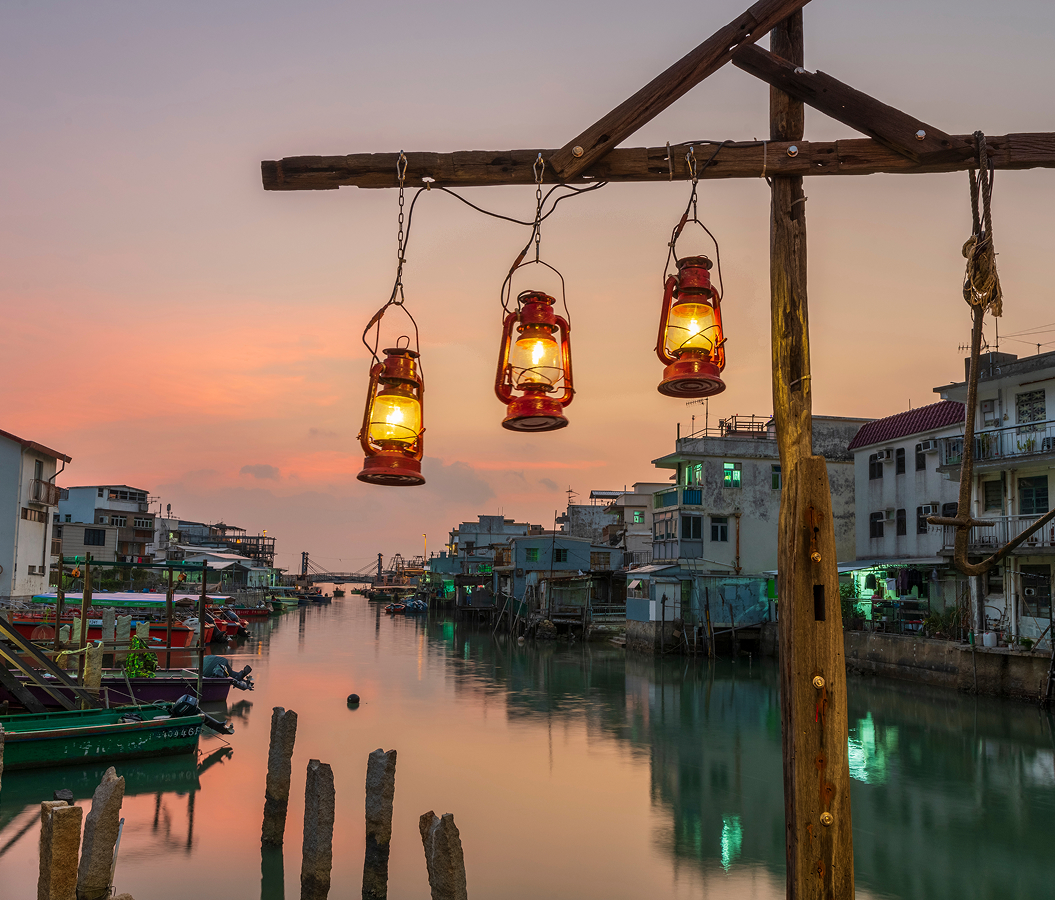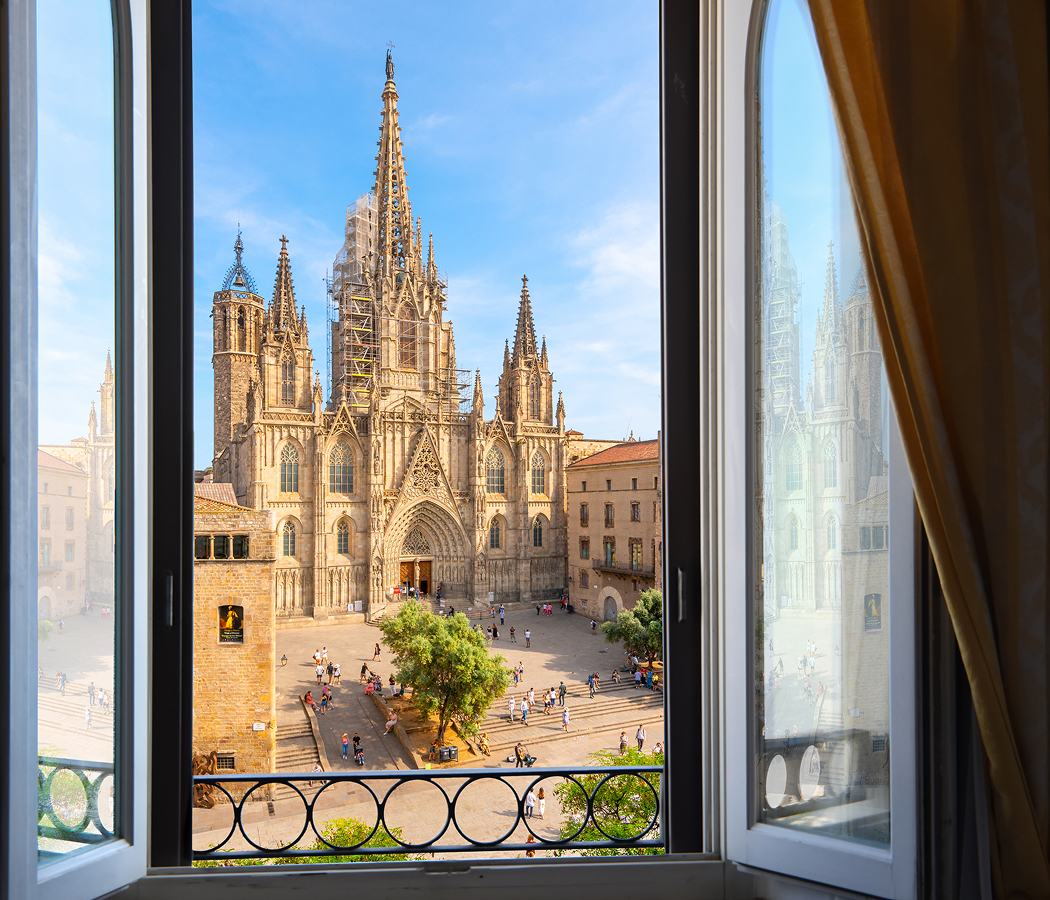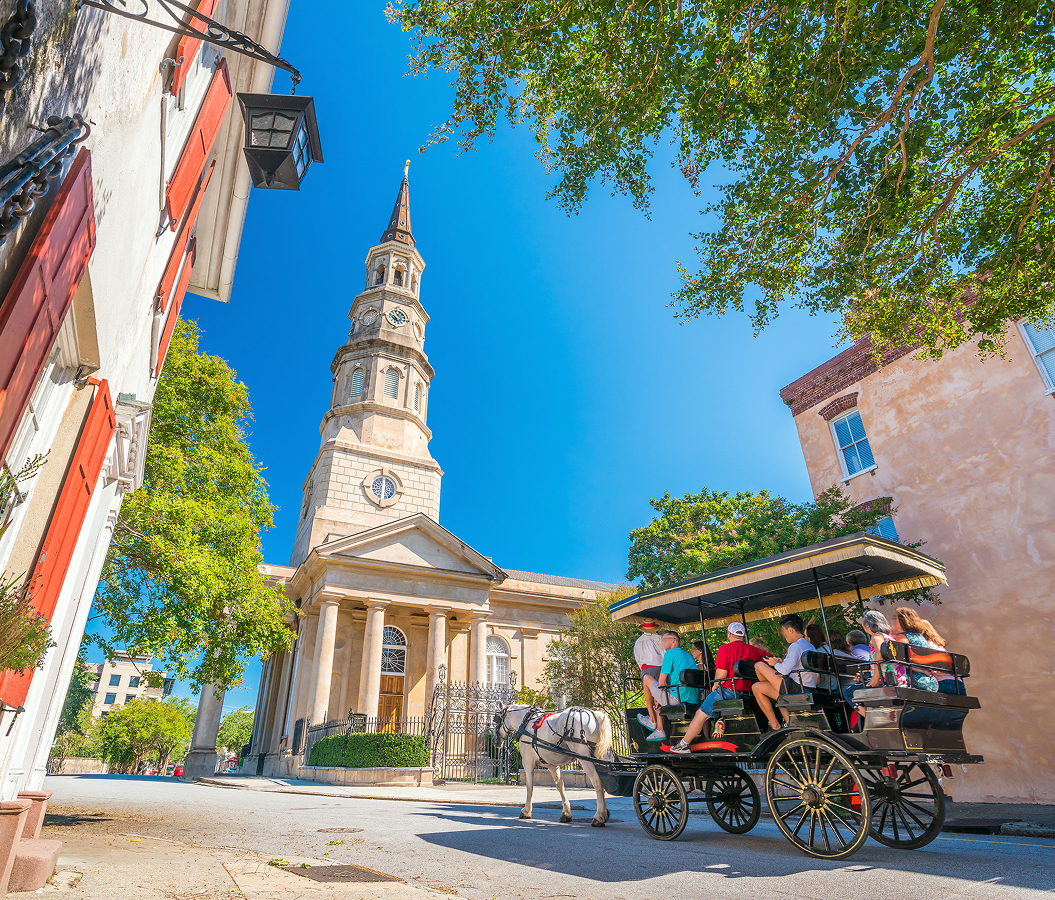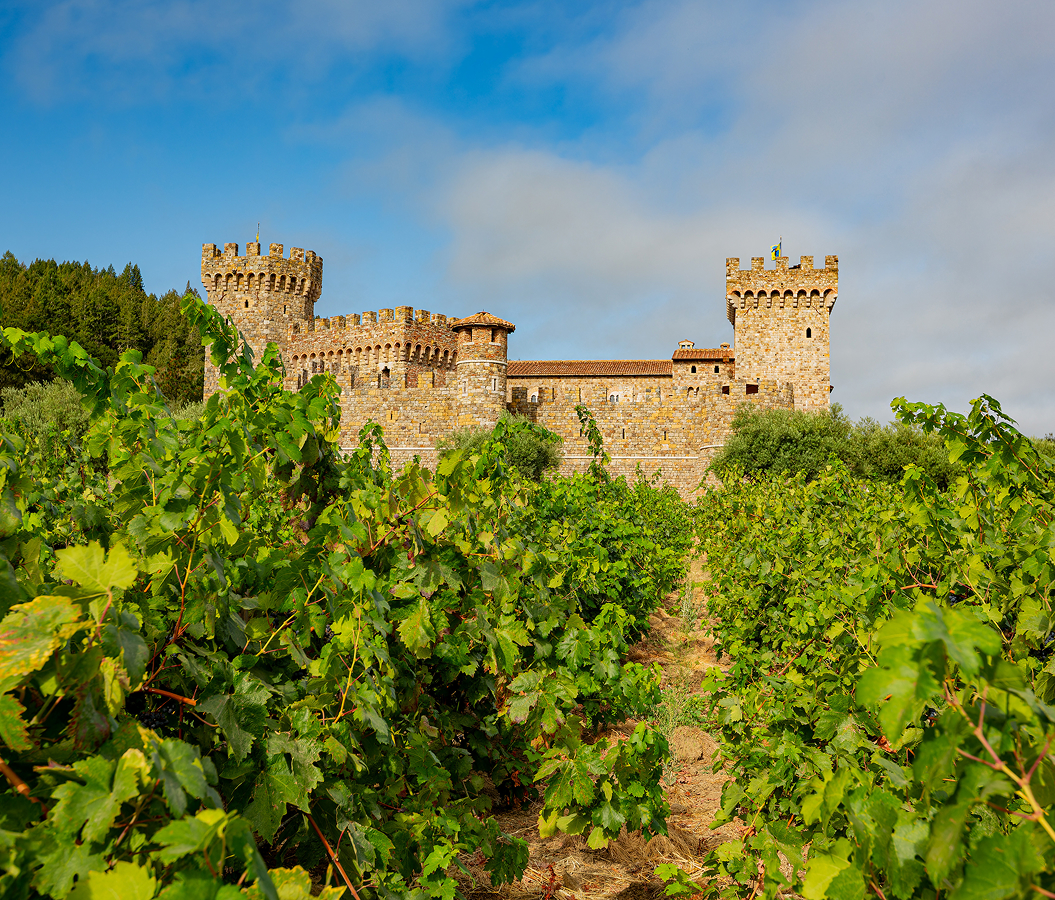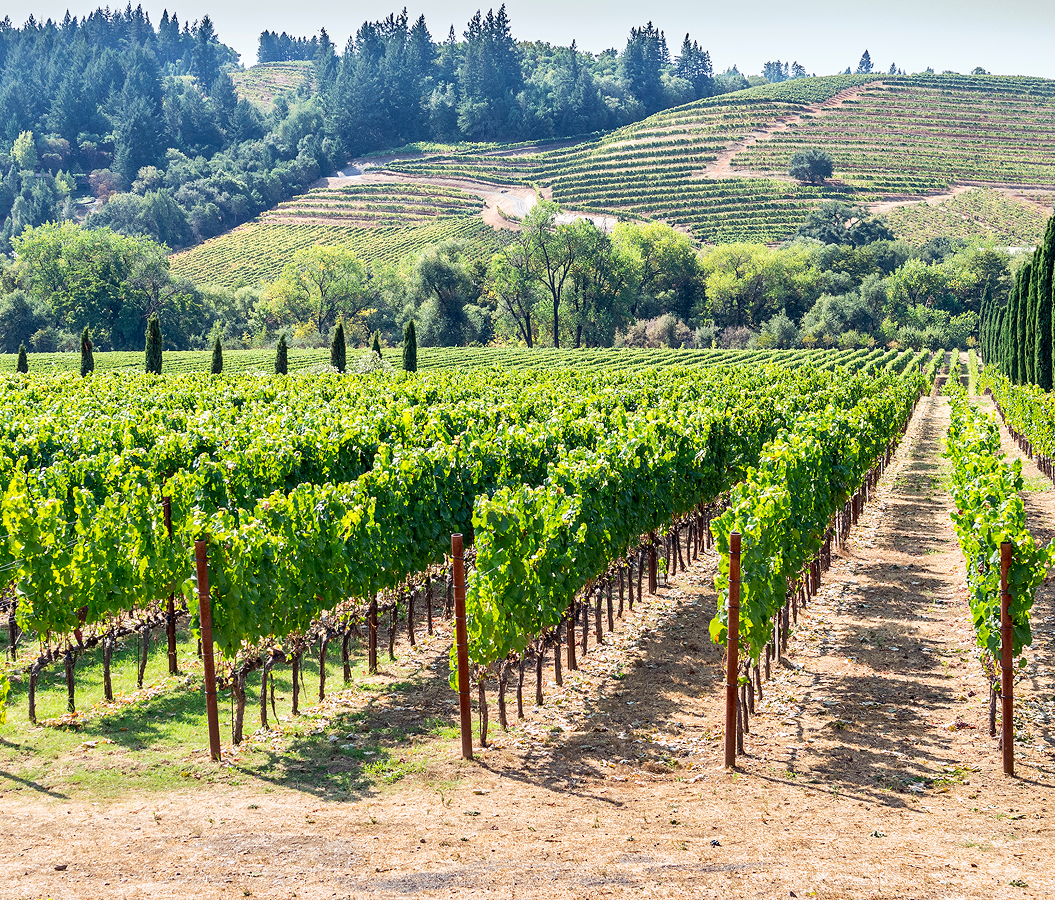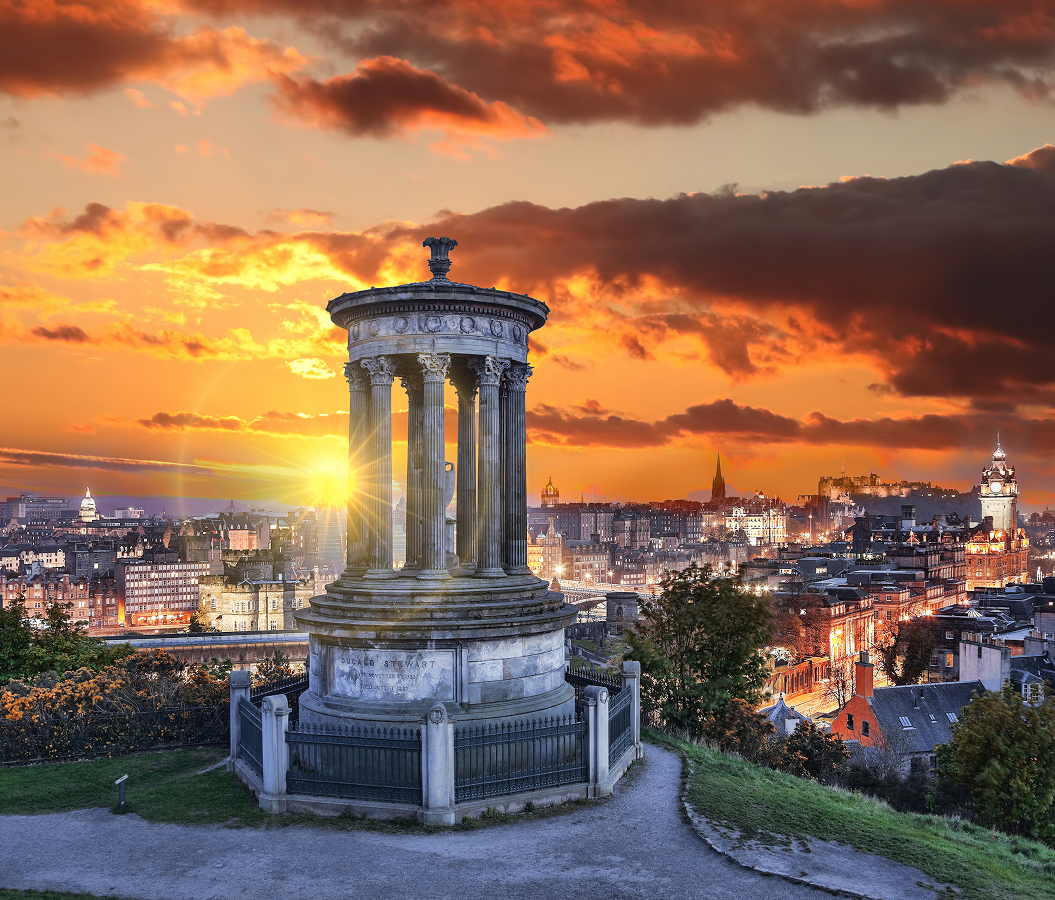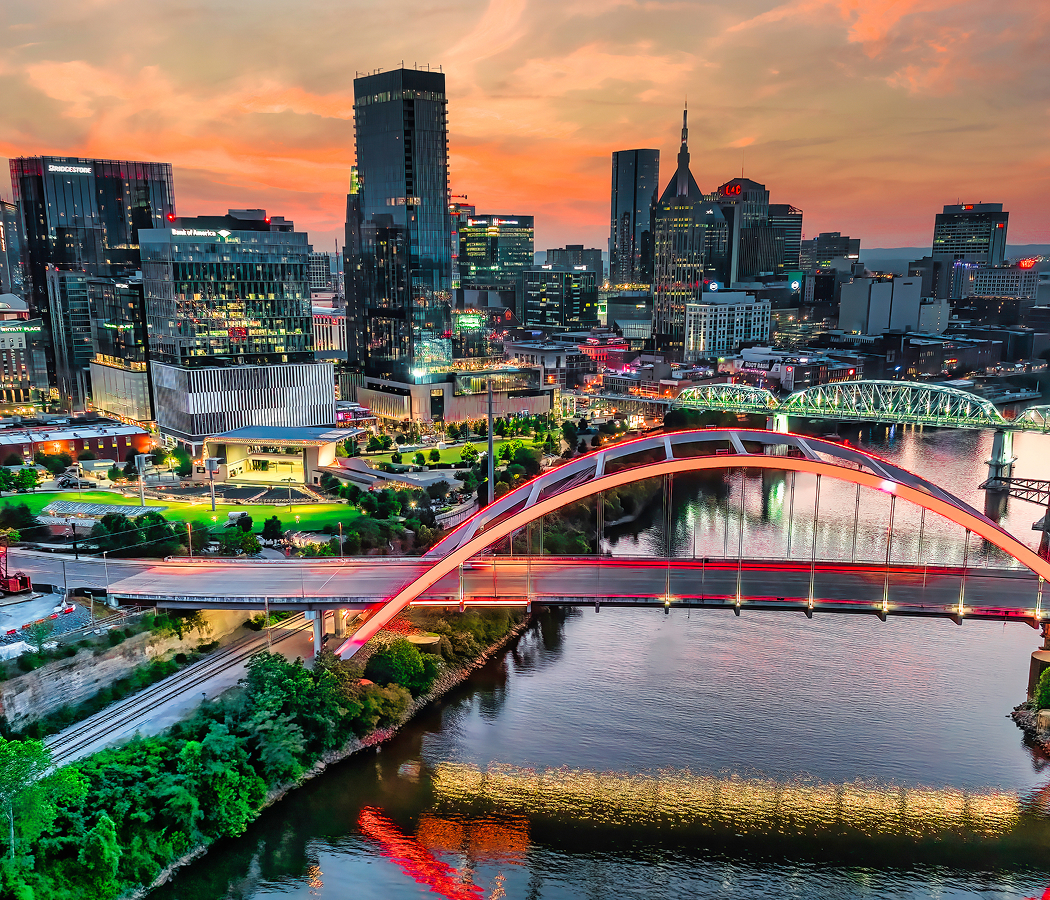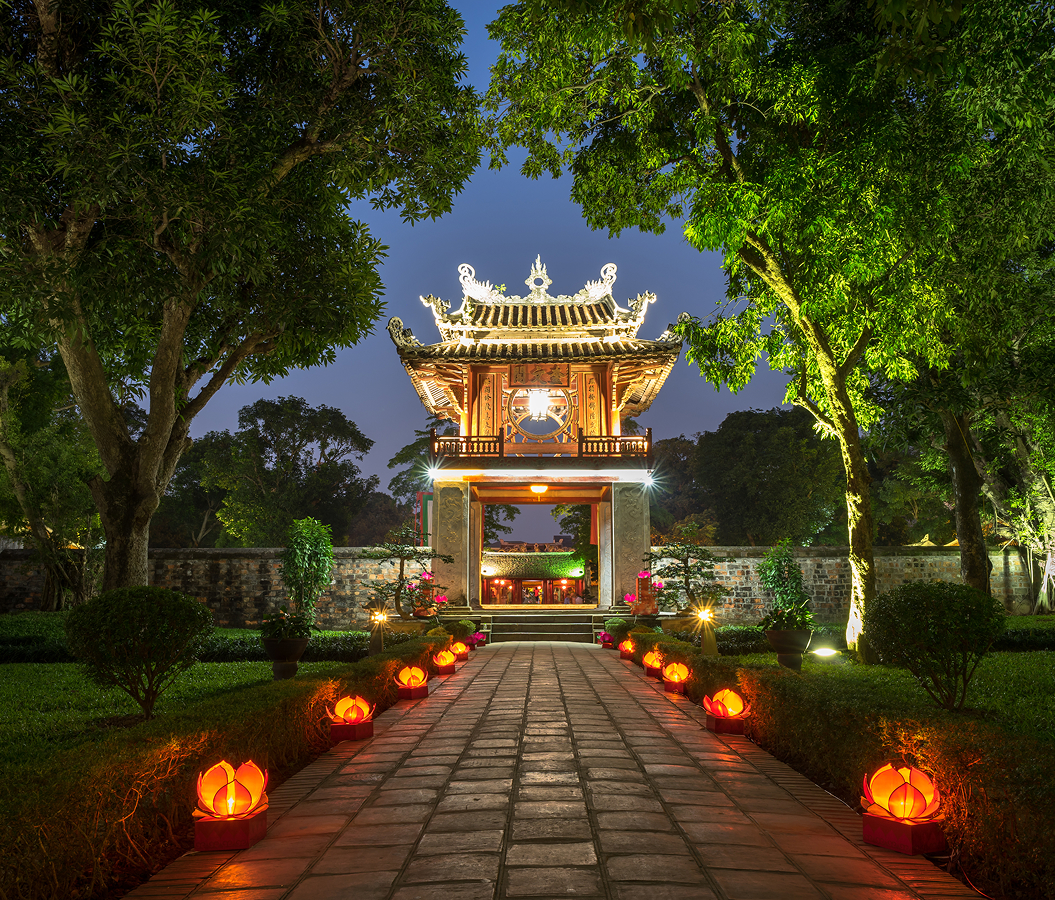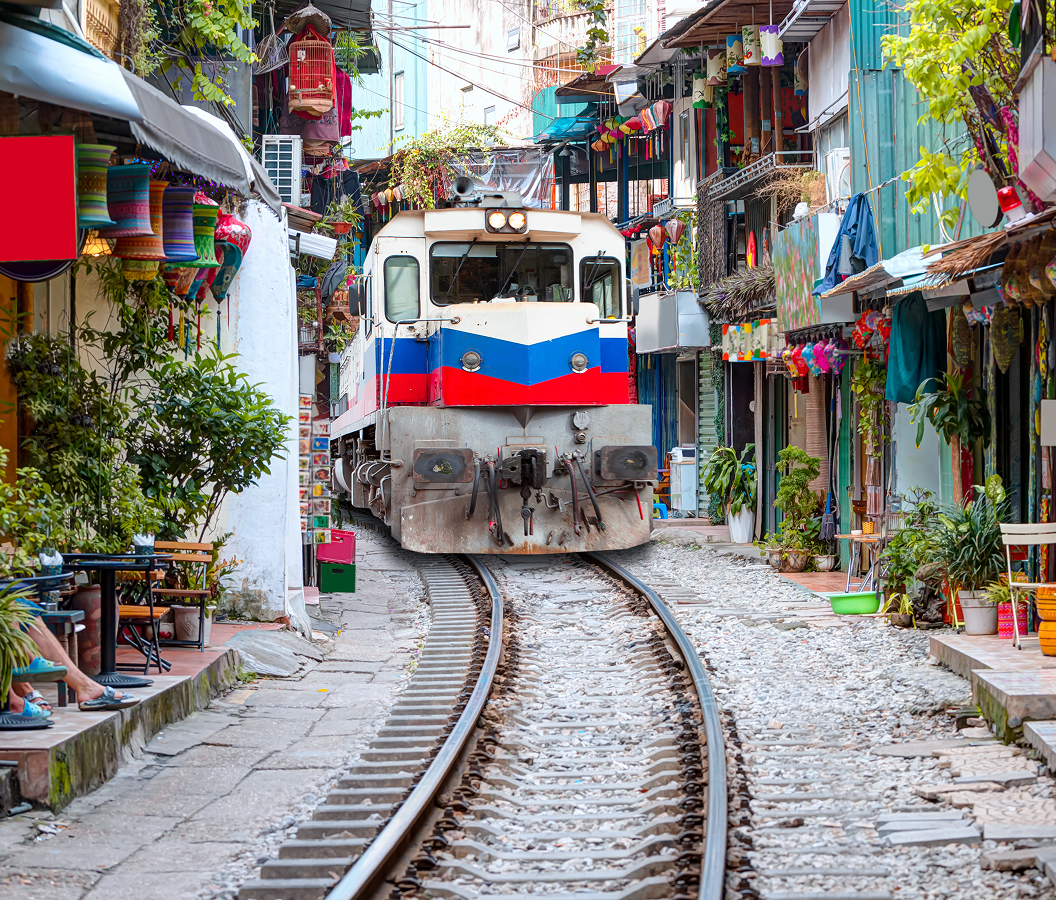
Why you should experience Boston Common.
Boston Common is more than a park, it’s the green heart of the city and the living soul of its history.
Spread across 50 acres in the center of downtown, the Common has been the stage for nearly four centuries of Boston’s evolution, from colonial protests to peaceful picnics, from grazing cattle to global movements. Established in 1634, it’s the oldest public park in the United States, and its significance reaches far beyond its emerald lawns and winding paths. This is where America’s ideals of freedom, community, and democracy have been tested and celebrated in equal measure. Stand beneath the canopy of elms and you’ll feel it, the echoes of history vibrating through the soil. Puritan settlers once drilled their militias here, British troops camped here before the Revolution, and generations of Bostonians have gathered here since to celebrate, mourn, and speak out. Yet despite its weighty past, the Common feels alive and youthful, filled with the laughter of children near the Frog Pond, the rhythm of musicians beneath shade trees, and the scent of food trucks drifting through the air. It’s the perfect introduction to Boston: grounded in history, yet alive with the city’s creative, communal spirit.
What you didn’t know about Boston Common.
Behind its tranquil charm, Boston Common hides centuries of stories that mirror the nation’s journey from colony to modern democracy.
When it was first established in 1634, the Common was just what its name implied, common ground, a shared pasture for grazing livestock. But even then, it was destined to be more. By the 18th century, the park had transformed into a stage for civic life, where crowds gathered to hear revolutionary voices like Samuel Adams and John Hancock. British troops encamped here before the Battles of Lexington and Concord, and later, abolitionists like Frederick Douglass and William Lloyd Garrison used the same ground to rally for freedom. The park’s central feature, the Soldiers and Sailors Monument atop Flagstaff Hill, honors those who fought in the Civil War, a solemn reminder that liberty has always required courage. The Common has evolved with every generation: in the 19th century, it became a landscaped pleasure ground designed by Charles Eliot, while the adjoining Public Garden introduced America’s first botanical park. It’s also home to the Parkman Bandstand, a beloved venue for open-air concerts, rallies, and community gatherings. Few visitors realize that beneath its walkways lie remnants of colonial infrastructure, including one of the earliest public water systems in America. Today, Boston Common is managed as part of the “Emerald Necklace”, a seven-mile chain of parks envisioned by landscape architect Frederick Law Olmsted, linking Boston’s natural beauty with its civic ideals. From winter ice-skating to spring tulip blooms, the Common remains the city’s front lawn, a space where history isn’t frozen, but lived daily.
How to fold Boston Common into your trip.
Visiting Boston Common is best done at an unhurried pace, letting the city unfold around you like a living museum.
Begin at the corner of Tremont and Park Streets, where the “Brewer Fountain Plaza” offers a perfect vantage point to take in the park’s sweeping lawns and skyline views. From there, wander toward the Frog Pond, a beloved centerpiece that transforms from splash pool in summer to skating rink in winter. The laughter of families and skaters here adds warmth even on the coldest days. Climb Flagstaff Hill for panoramic views, then pause at the Soldiers and Sailors Monument, where bronze figures and inscriptions tell stories of unity and sacrifice. Follow the Freedom Trail as it winds through the park, connecting the Common to historic landmarks like the State House, Granary Burying Ground, and Faneuil Hall. In warmer months, catch a Shakespeare performance or a free concert at the Parkman Bandstand, where locals gather on picnic blankets as the sun dips behind Beacon Hill. Stop by one of the surrounding cafés, Thinking Cup or Tatte Bakery, for coffee and pastries, and savor them under the shade of century-old trees. In autumn, the Common glows in hues of amber and crimson, while spring brings tulips and magnolias that frame the historic skyline. As night falls, the park’s lamps flicker to life, casting a golden glow over pathways once walked by revolutionaries and dreamers alike. Boston Common isn’t just the starting point of the Freedom Trail, it’s where the story of Boston itself begins, still unfolding with every footstep across its timeless ground.
Hear it from the Foresyte community.
“One side feels like history class, the other side feels like a painting. You’ll see joggers, protests, weddings, and kids feeding ducks all in the same hour. It’s like Boston just spills its whole personality right here.”
Where meaningful travel begins.
Start your journey with Foresyte, where the planning is part of the magic.
Discover the experiences that matter most.

